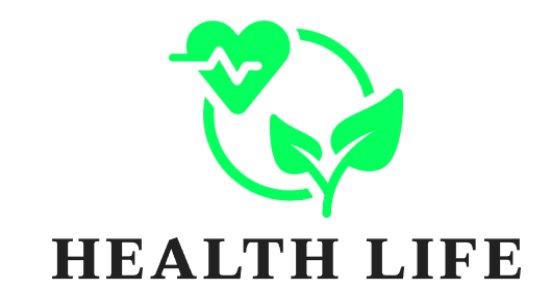For many women, exercise is associated with weight management, physical strength, or cardiovascular health. Yet, its influence extends much deeper, particularly into the realm of hormonal health. Hormones govern almost every aspect of a woman’s life—from mood and energy levels to reproductive function and long-term health. Understanding how physical activity interacts with the endocrine system provides women with powerful tools to create balance and resilience throughout different life stages.
Hormones and the Female Body
Hormones are chemical messengers that regulate processes such as metabolism, reproduction, and stress response. Estrogen, progesterone, cortisol, insulin, and thyroid hormones, among others, form a delicate network that can be influenced by lifestyle choices. Even slight imbalances may manifest as irregular cycles, fatigue, anxiety, or weight fluctuations.
Exercise acts as a natural regulator. Depending on its type, duration, and intensity, physical activity can either stabilize or disrupt hormonal balance. The key lies in choosing the right forms of movement for specific needs and life phases.
Exercise and Reproductive Health
Moderate exercise has been shown to improve menstrual regularity, reduce symptoms of premenstrual syndrome (PMS), and alleviate discomfort associated with conditions like polycystic ovary syndrome (PCOS). Physical activity helps regulate insulin sensitivity, which is crucial for managing PCOS-related hormonal imbalances.
However, excessive or high-intensity exercise without adequate recovery can lead to menstrual irregularities or even amenorrhea, as the body conserves energy by suppressing reproductive functions. This highlights the importance of balance, where supportive exercise is paired with proper nutrition and rest.
Stress Hormones and Emotional Well-being
Cortisol, the body’s primary stress hormone, plays a dual role in health. While short-term spikes during exercise are normal and beneficial, chronic elevation due to overtraining or life stress can disrupt sleep, digestion, and mood. Moderate aerobic exercise, yoga, and strength training help regulate cortisol levels, reducing anxiety and promoting emotional stability.
Endorphins, often called “feel-good hormones,” are released during physical activity, creating a natural mood boost. For women navigating hormonal shifts during menstruation, pregnancy, or menopause, this neurochemical effect can provide relief from mood swings and depressive symptoms.
Exercise Through Different Life Stages
During adolescence, regular physical activity supports healthy growth, bone density, and balanced hormonal development. In the reproductive years, it helps regulate cycles and fertility while offering protection against metabolic disorders.
Pregnancy introduces new considerations, with low-impact exercises like swimming, walking, and prenatal yoga helping manage weight, improve circulation, and reduce stress. In menopause, exercise becomes essential for maintaining bone strength, cardiovascular health, and stable insulin levels, countering the decline in estrogen that increases risk of osteoporosis and heart disease.
The Role of Strength and Resistance Training
While many women gravitate toward cardio, resistance training provides unique hormonal benefits. Building lean muscle mass enhances insulin sensitivity, reduces fat accumulation, and stimulates the release of growth hormone, which supports metabolism and cellular repair. Strength training also boosts testosterone levels within healthy ranges, contributing to energy and vitality.
Rest, Recovery, and Hormonal Balance
Exercise is only one piece of the puzzle. Recovery—through adequate sleep, hydration, and nutrition—is equally vital. Sleep regulates melatonin and growth hormone, while poor rest can elevate cortisol and disrupt reproductive hormones. Balanced nutrition rich in protein, healthy fats, and micronutrients ensures that the body has the building blocks necessary for hormone production and repair.
Conclusion: Exercise as Hormonal Medicine
For women, exercise is not simply a fitness activity but a form of hormonal medicine. By tailoring movement to life stages and individual needs, women can use physical activity to stabilize cycles, reduce stress, support fertility, and ease the transitions of menopause.
The key is not intensity, but intentionality—choosing movement that nourishes the body without depleting it. In this balance lies the true power of exercise: a natural, accessible way to harmonize hormones and support lifelong well-being.


